No cenário em evolução da fabricação avançada, Controle Numérico Computadorizado (CNC) máquinas tornaram -se ferramentas indispensáveis que oferecem automação, precisão, e eficiência. Essas máquinas programáveis são usadas em quase todos os setores - de aeroespacial e automotivo a eletrônicos e prototipagem. Este artigo explora o 12 Principais tipos de máquinas CNC, como eles funcionam, e onde eles são comumente usados.
O que é uma máquina CNC?
A Máquina CNC é uma máquina -ferramenta automatizada controlada por software e hardware integrado. A usinagem CNC é uma processo subtrativo, o que significa que remove o material de uma peça de trabalho (ou em branco) Para criar uma forma desejada. No entanto, Alguns sistemas CNC, como impressoras 3D, usar fabricação aditiva Métodos para construir peças camada por camada.
Seja removendo material ou adicionando -o, Os sistemas CNC dependem de cafajeste (Design auxiliado por computador) e Cam (Fabricação auxiliada por computador) software para converter designs digitais em componentes físicos precisos.
1. Escolha e coloque a máquina
Escolha e coloque máquinas CNC são amplamente utilizados na fabricação de eletrônicos. Essas máquinas têm vários bicos robóticos que automaticamente captam componentes minúsculos, como resistores, ICS, ou capacitores e posicioná -los com precisão em placas de circuito impresso (PCBs).
Aplicativos comuns:
Telefone celular e conjunto de tablets
Produção da placa -mãe de computador
Fabricação eletrônica de alta velocidade
2. Impressora CNC 3D
Enquanto a maioria das máquinas CNC é subtrativa, Impressoras CNC 3D Siga um fabricação aditiva abordagem. Essas máquinas extrudam ou curam material - geralmente plástico, resina, ou pós de metal - camada por camada para formar um objeto completo de um modelo digital.
Características:
Liberdade de alto design
Excelente para prototipagem rápida
Compatível com PLA, abdômen, resinas, e filamentos de metal
Indústrias:
Prototipagem aeroespacial e automotiva
Implantes médicos
Desenvolvimento de produtos de consumo
3. Roteador CNC
Roteadores CNC são ideais para cortar e esculpir materiais macios. Ao contrário dos moinhos, que normalmente são usados para metal, Os roteadores são mais comuns para a madeira, plásticos, e espumas. Os roteadores operam em três eixos e podem produzir gravuras detalhadas, padrões, ou cortes.
Materiais:
Madeira, MDF, plásticos
Alumínio e compósitos moles
Vantagens:
Operação em alta velocidade
Econômico para materiais macios
Área de trabalho maior em comparação com fábricas típicas
4. Máquina de perfuração CNC
Máquinas de perfuração CNC automatizar o processo de criação de orifícios no metal, madeira, ou materiais compostos. Essas máquinas usam vários bits de perfuração e podem executar operações como a perfuração de Peck, alargamento, ou tocar.
Tipos de bits:
Brocas de torção
Brills spotting
Parafusar exercícios da máquina
Chegando revendedores
Usos típicos:
Blocos de motor de fabricação
Fabricação de metal
Preparação do orifício da linha de montagem
5. Máquina de torno CNC
Tornos CNC executar operações de torneamento, Remoção de material de uma peça de trabalho rotativa usando uma ferramenta de corte de ponto único. Essas máquinas podem executar tarefas complexas, como encadeamento, grooving, e enfrentando em uma única configuração.
Tipos:
Torno do motor
Torno de revólver
Torno do tipo suíço
Centros de torneamento de vários eixos
Formulários:
Fabricação de eixo e pinos
Fixadores aeroespaciais
Buchas automotivas
6. 5-Máquina CNC do eixo
5-Máquinas CNC do eixo Aumente o sistema tradicional de 3 eixos, adicionando dois eixos rotativos adicionais. Isso permite que a ferramenta de corte se aproxime da peça de trabalho de praticamente qualquer direção sem reposicionamento manual.
Principais benefícios:
Máquina de cinco lados de uma parte em uma configuração
Ideal para geometrias complexas e superfícies curvas
Melhora a precisão e reduz o tempo de entrega
Usos comuns:
Peças estruturais aeroespaciais
Próteses médicas
Fazendo a fabricação de mofo complexa
7. Máquina de moagem CNC
Fresadoras CNC Use cortadores multiponto rotativos para moldar a peça de trabalho. Eles são altamente versáteis e capazes de produzir contornos e cáries complexas. Mills CNC podem operar em 3, 4, ou até 5 eixos.
Tipos de cortador:
Mills finais
Mills de rosto
Chanfer Mills
Cortadores de nariz de bola
Formulários:
Componentes de molde de precisão
Suportes automotivos
Peças mecânicas personalizadas
8. Máquina de corte de plasma CNC
Máquinas CNC de corte de plasma Use uma tocha a gás ionizada para cortar através de materiais eletricamente condutores. O jato de plasma atinge temperaturas até 30.000 ° F, cortando metais com alta precisão e velocidade.
Materiais adequados:
Aço carbono
Aço inoxidável
Alumínio
Brass e cobre
Características:
Corte de alta velocidade
Baixo custo operacional
Ideal para chapas metálicas
9. Máquina de corte a laser CNC
Máquinas de corte a laser empregam energia luminosa focada para vaporizar ou derreter material. Esses sistemas CNC podem obter tolerâncias extremamente apertadas e são usadas para corte e gravação.
Tipos de laser:
Co₂ lasers (não metal, gravação)
Lasers de fibra (metais, corte de alta velocidade)
Nd:Lasers yag (Corte de metal de precisão)
Formulários:
Sinalização e displays
Fabricação de dispositivos médicos
Aparecimento de interiores automotivo
Revestimento de cobre e outros produtos arquitetônicos
10. Máquina CNC de descarga elétrica (Música eletrônica)
Máquinas EDM Use descargas elétricas de alta frequência (faíscas) entre um eletrodo e uma peça de trabalho para remover o material. É especialmente útil para usinar metais rígidos ou geometrias complexas.
Tipos:
Fio EDM
Chumbada EDM
Vantagens:
Cavidades internas precisas
Sem forças de corte mecânicas
Funciona em materiais muito difíceis
11. Máquina de moagem CNC
Retutores de CNC Use rodas abrasivas para terminar as superfícies com tolerâncias muito apertadas. Eles são essenciais para aplicações em que alta qualidade superficial e precisão dimensional são cruciais.
Formulários:
Eixo de cames e eixos de manivela
Fabricação de engrenagens
Acabamento superficial de componentes endurecidos
Tipos:
Moagem de superfície
Moagem cilíndrica
Moagem sem centro
12. Máquina CNC com trocador de ferramentas automático (ATC)
Máquinas CNC com trocadores de ferramentas automáticos pode trocar ferramentas de corte durante a usinagem sem intervenção manual. Isso melhora muito o tempo do ciclo e suporta peças de várias operações em uma configuração.
Benefícios:
Aumento da eficiência da usinagem
Envolvimento reduzido do operador
Ideal para produção de alto volume
Como selecionar a máquina CNC certa
Escolher a máquina CNC certa pode parecer esmagadora no início, especialmente com tantos tipos por aí. Mas não se preocupe - se você quebrar, É tudo sobre descobrir o que você quer que a máquina faça, Com que tipo de materiais você estará trabalhando, e com que frequência você estará usando. Aqui estão algumas dicas fáceis para ajudá -lo a fazer a escolha certa:
Com qual material você está trabalhando?
Comece se perguntando a si mesmo: Que tipo de coisa vou cortar ou modelar?
Se for madeira, espuma, ou plástico, um Roteador CNC pode ser perfeito.
Se for metal, Você provavelmente precisará de algo mais difícil como um Mill CNC, torno, ou cortador de plasma.
Para formas complexas ou materiais difíceis, um Máquina EDM ou 5-moinho de eixo Pode ser o melhor ajuste.
Quão grandes são suas peças?
Verifique se a máquina é Grande o suficiente para sua maior parte. Sempre escolha uma máquina que tenha uma área de trabalho um pouco maior do que o seu maior projeto. Isso lhe dá mais flexibilidade na linha.
Quais recursos você precisa?
Pensar sobre:
Velocidade: Quão rápido você precisa que a máquina funcione?
Mudanças de ferramenta: Você estará usando muitas ferramentas diferentes? Uma máquina com um trocador de ferramenta automático (ATC) pode economizar muito tempo.
Eixos: Você precisa de movimento de 3 eixos, ou mais? Quanto mais eixos, as formas mais complexas que você pode fazer.
É fácil manter e reparar?
Como qualquer máquina, Máquinas CNC podem se desgastar ou quebrar com o tempo. Vá para um modelo bem conhecido e tem bom apoio- será muito mais fácil encontrar peças de reposição ou obter ajuda quando algo der errado.
Requisitos de energia
Máquinas CNC usam muita eletricidade. Antes de comprar, Verifique o necessidades de energia da máquina e verifique se sua oficina ou fábrica pode lidar com isso. Algumas máquinas maiores podem precisar de configurações de energia especiais.
Qual é o seu orçamento?
Claro, o dinheiro é importante. Algumas máquinas CNC são mais acessíveis, mas podem ter menos recursos. Outros custam mais, mas economizam tempo e dão melhores resultados. Pense em quanto você pode gastar agora e quanto tempo ou dinheiro a máquina pode salve você mais tarde.
Conclusão
Máquinas CNC revolucionam a fabricação, fornecendo precisão incomparável, consistência, e produtividade. De métodos subtrativos, como moagem e moagem a abordagens aditivas, como impressão 3D, Cada tipo de máquina CNC tem um papel distinto na produção.
Compreender os pontos fortes e as capacidades de cada máquina ajuda fabricantes e engenheiros a selecionar a solução mais eficiente para suas necessidades.
Leia mais:
A loja de máquinas CNC: Um guia completo
Tipos de usinagem EDM & Suas aplicações

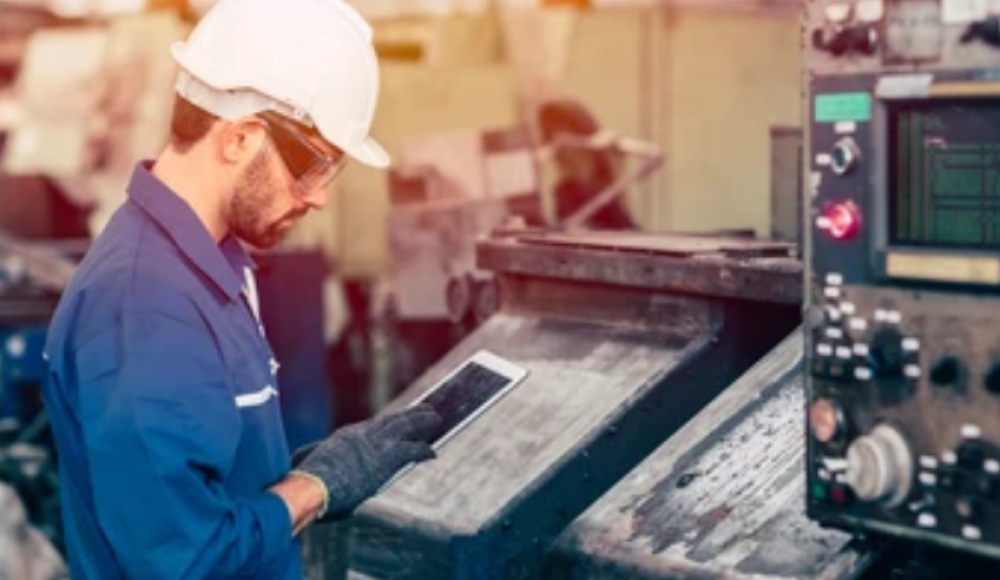
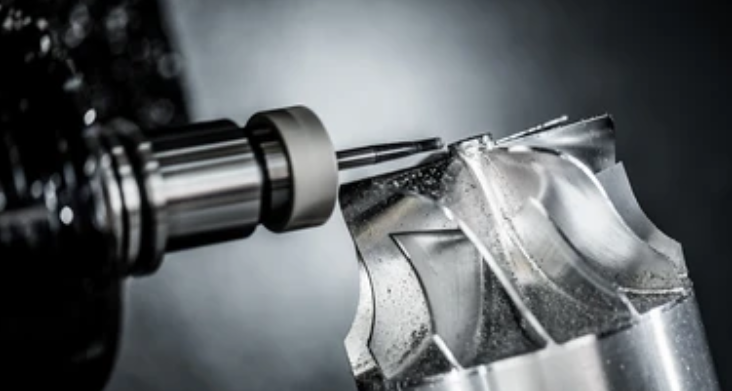
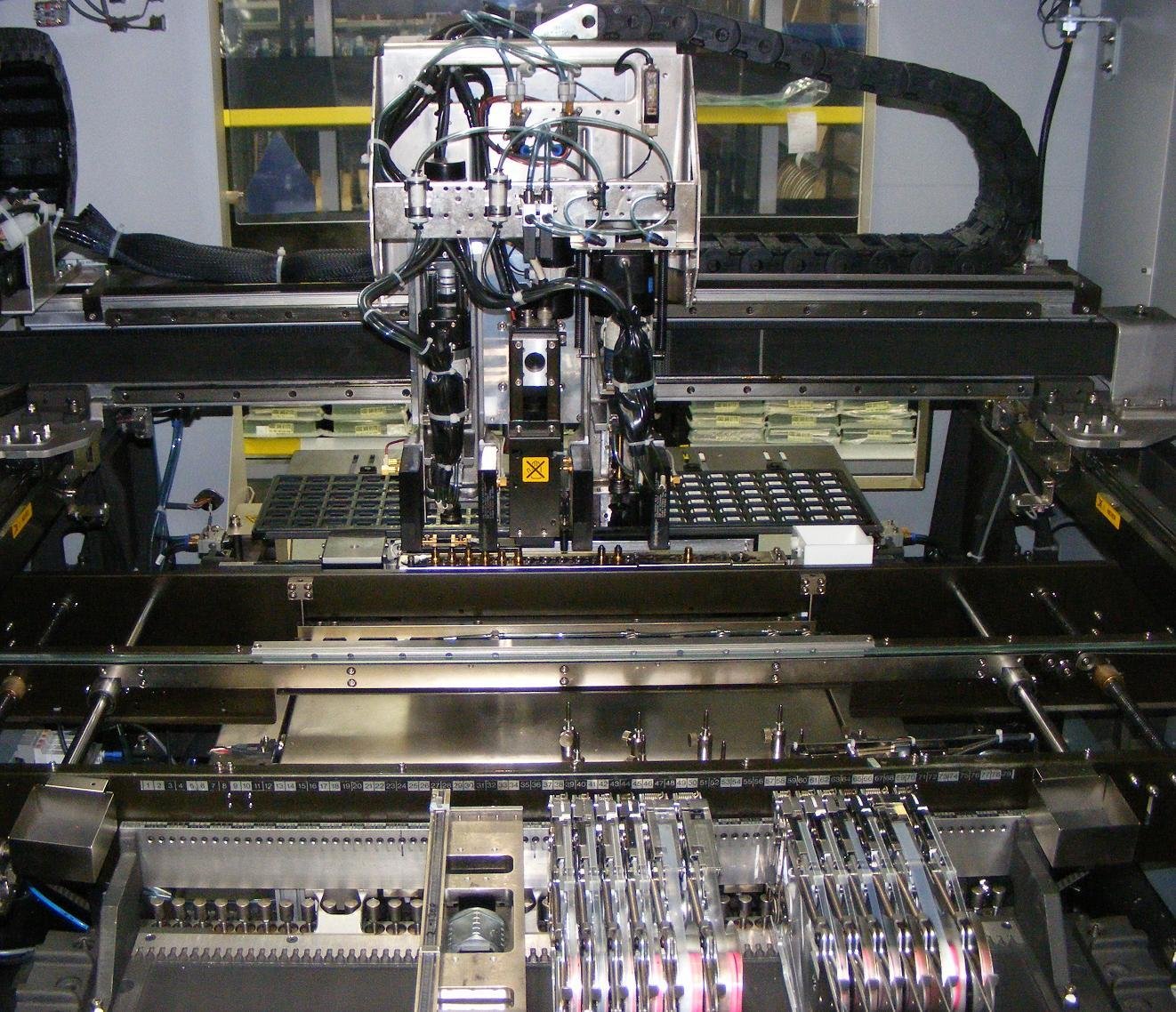
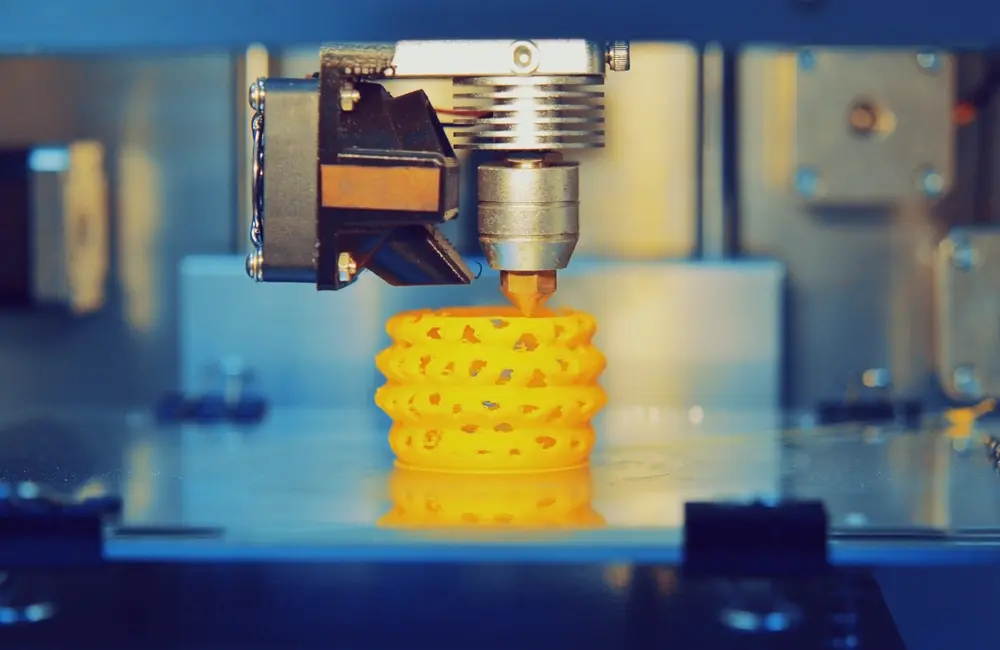
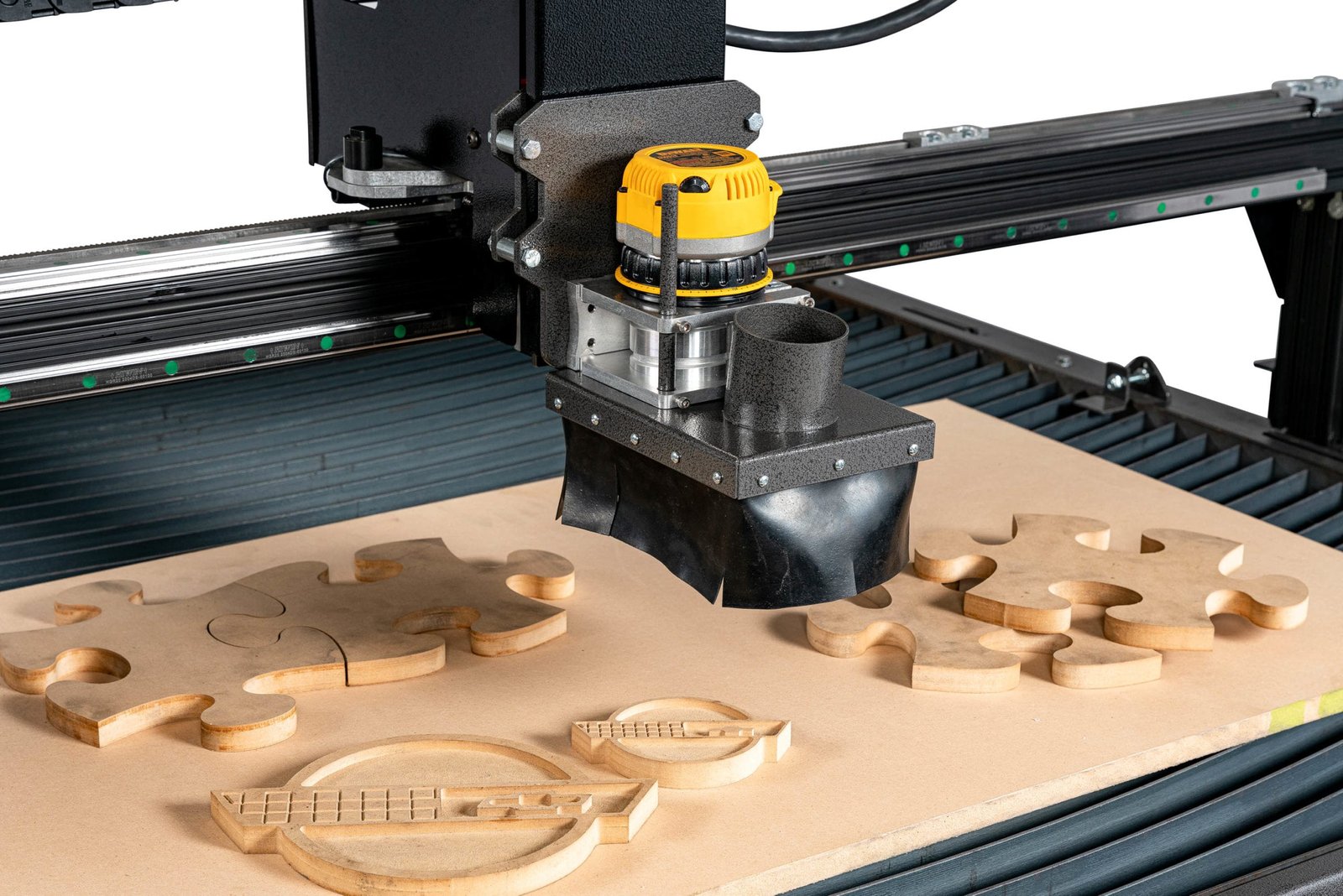
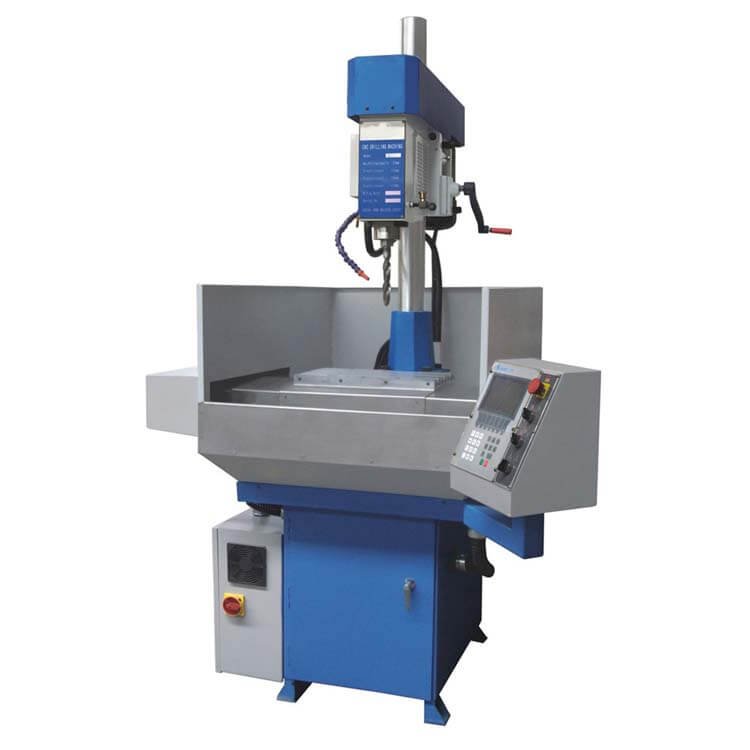

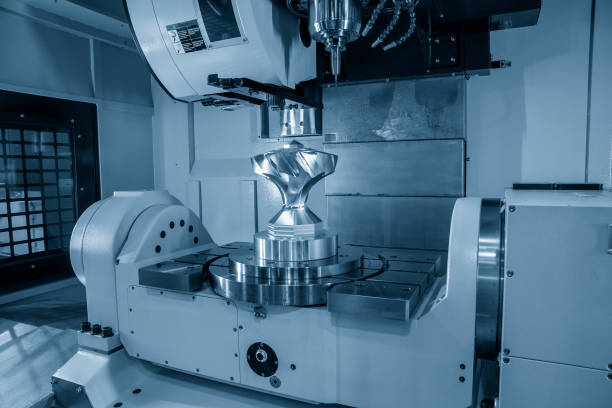
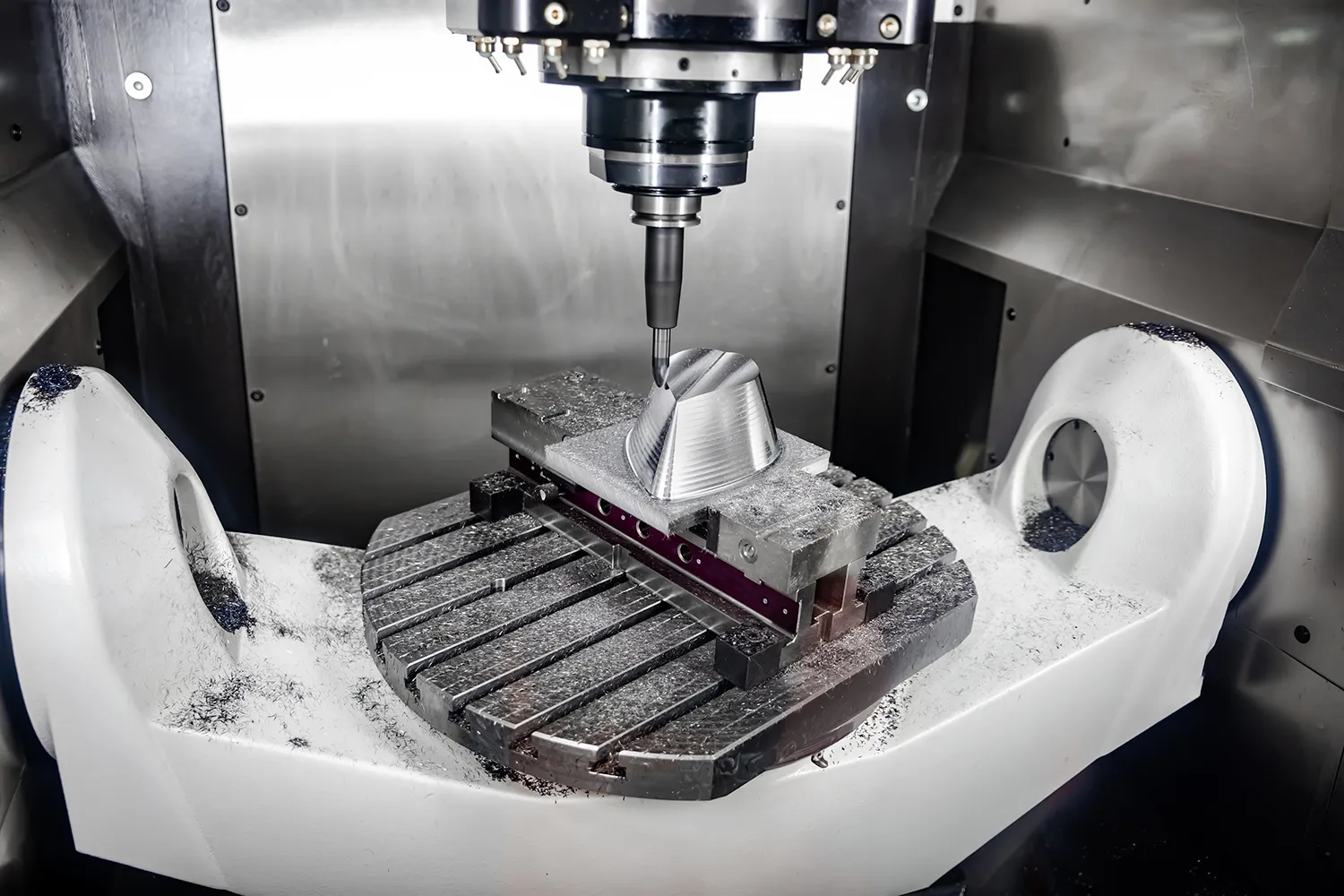
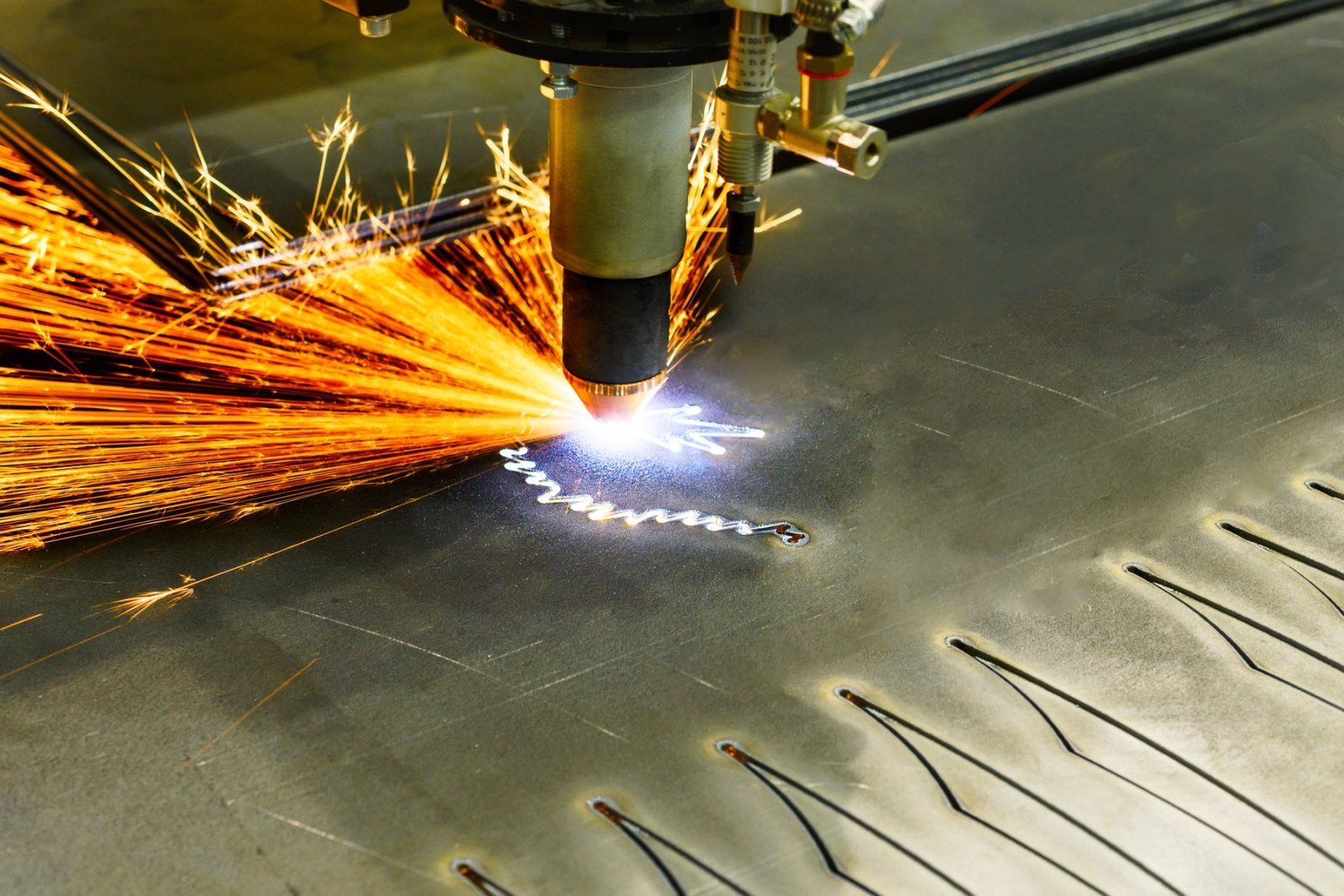
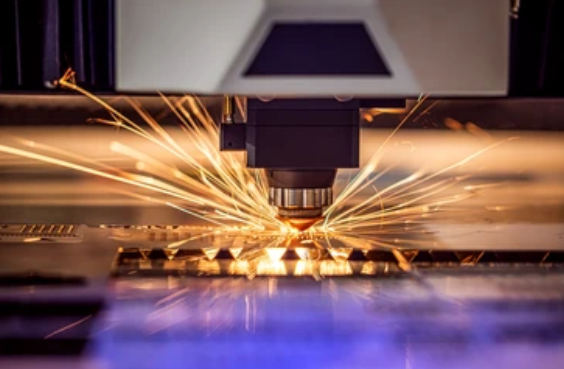

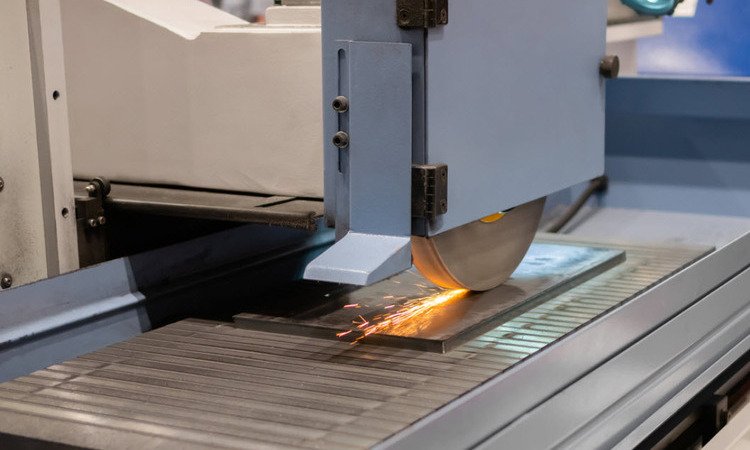
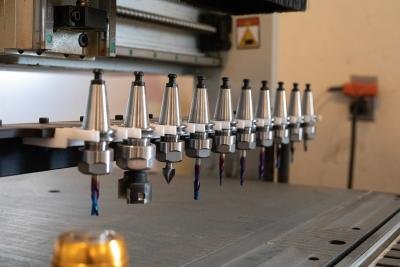
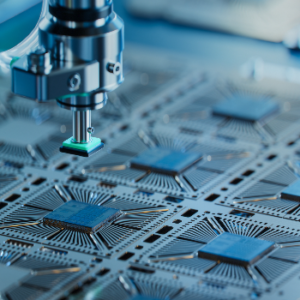

2 pensamentos "12 Tipos de máquinas CNC e suas aplicações na fabricação moderna”